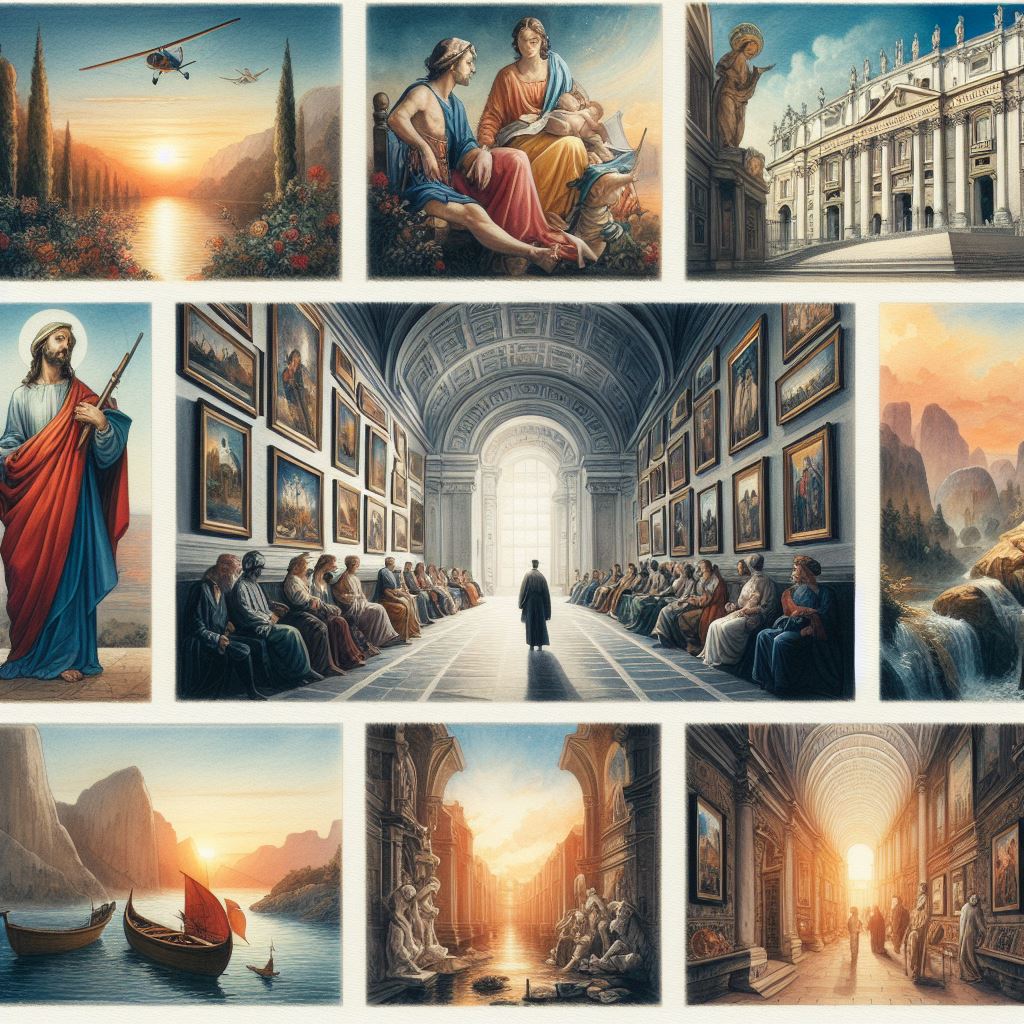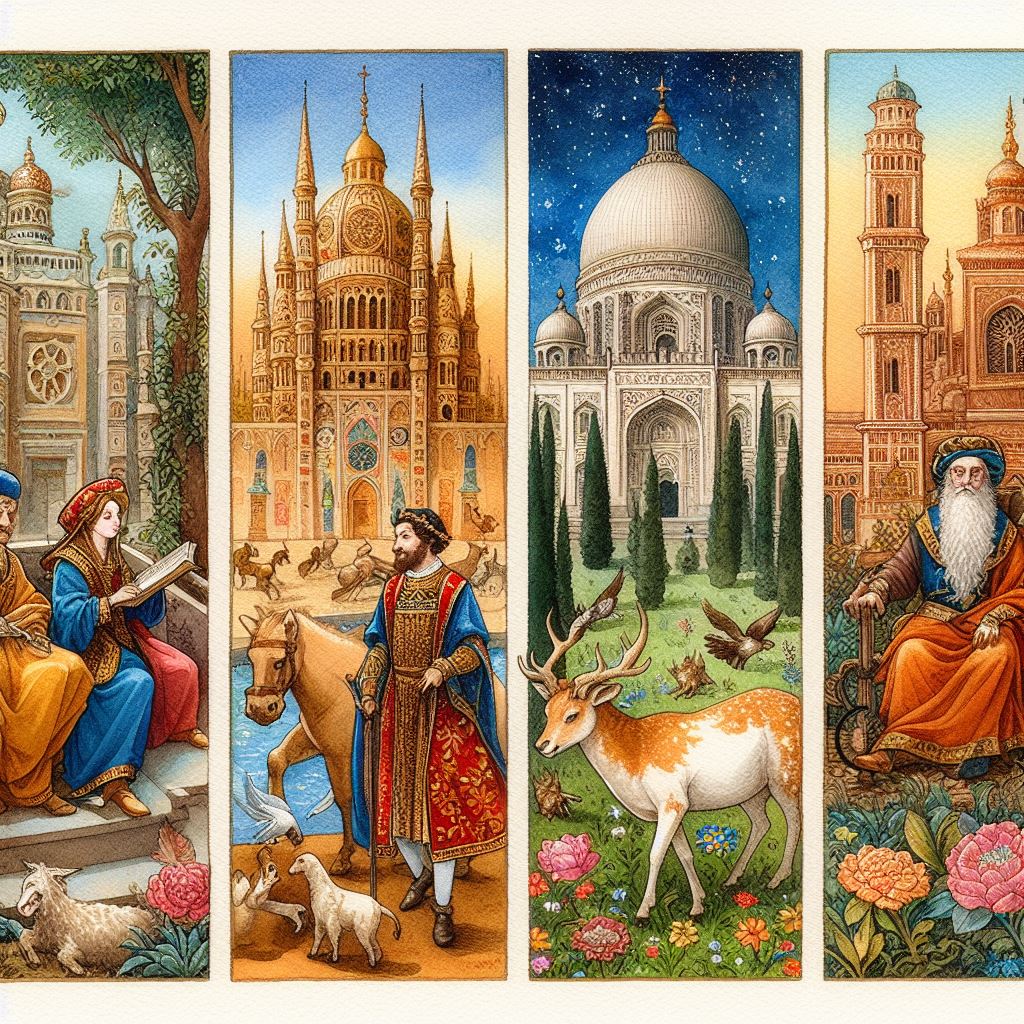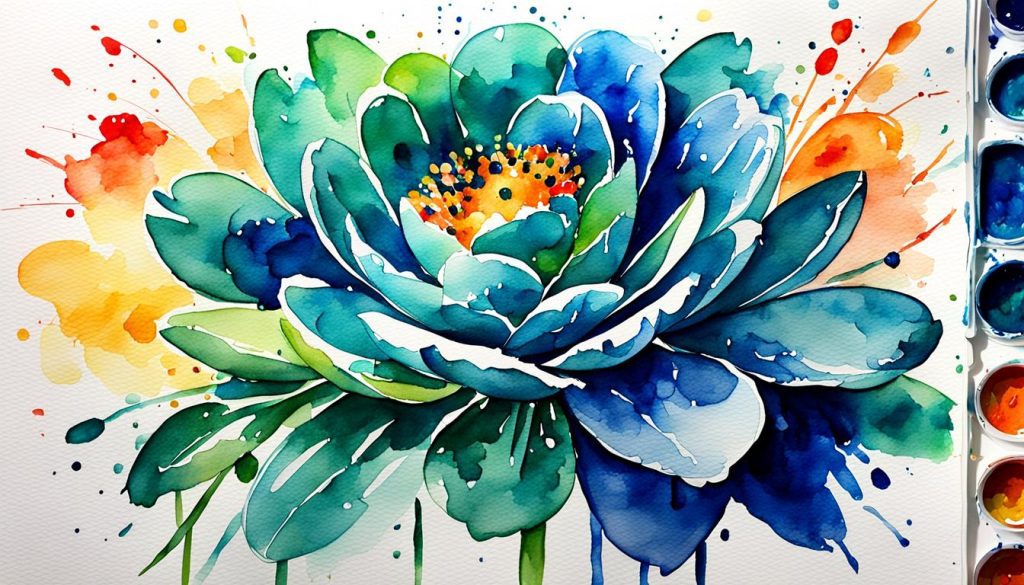
Art movements are like time capsules. They capture the spirit of their era, reflecting the ideas, anxieties, and hopes of the people who lived through them. Let’s dive deeper into the world of art movements, exploring their unique characteristics and the stories they tell.
Renaissance (14th-16th Centuries)
Key Ideas:
- Revival of classical Greek and Roman ideals, celebrating beauty and proportion.
- Emphasis on humanism, placing the individual at the center of artistic exploration.
- Development of perspective and realistic techniques for depicting the natural world.
Famous Artists: Leonardo da Vinci, Michelangelo, Raphael, Sandro Botticelli
Telltale Signs: Think of graceful figures with idealized proportions, harmonious compositions, and religious or mythological themes. The Renaissance gave us masterpieces like Michelangelo’s awe-inspiring Sistine Chapel ceiling and Botticelli’s ethereal The Birt
Baroque (17th-18th Centuries)
Key Ideas:
- Drama, emotion, and a sense of spectacle meant to overwhelm the viewer.
- Ornate details, rich colors, and a love for elaborate, theatrical compositions.
- Use of light and shadow (a technique called chiaroscuro) to create a sense of drama and intensity.
Famous Artists: Caravaggio, Rembrandt, Peter Paul Rubens, Gian Lorenzo Bernini
Telltale Signs: Baroque art is all about movement and energy. Look for figures caught in dynamic poses, swirling fabrics, and a play of light and dark that draws the eye to the focal point – like the biblical scene brought to life in Caravaggio’s The Calling of Saint Matthew.
Impressionism (19th Century)
Key Ideas:
- Capturing the fleeting effects of light and the artist’s immediate impression of a scene.
- Focus on everyday life, landscapes, and the changing nature of modern urban environments.
- Visible brushstrokes, loose forms, and a focus on color over precise lines.
Famous Artists: Claude Monet, Edgar Degas, Pierre-Auguste Renoir, Mary Cassatt
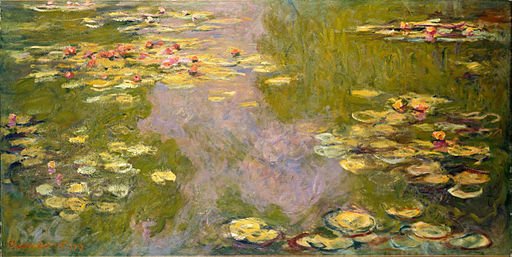
Telltale Signs: Think of light-filled landscapes, hazy water scenes, bustling cafes, and dancers captured mid-movement. Impressionism is about experiencing the world through color and atmosphere, like in Monet’s shimmering Impression, Sunrise, the painting that gave the movement its name.
Post-Impressionism (Late 19th Century)
Key Ideas:
- A reaction to Impressionism, emphasizing individual vision and emotional expression.
- Exploration of bold colors, symbolism, and a departure from strict realism.
- Distortions of form and the use of expressive brushwork to convey inner states.
Famous Artists: Vincent van Gogh, Paul Cézanne, Paul Gauguin, Georges Seurat
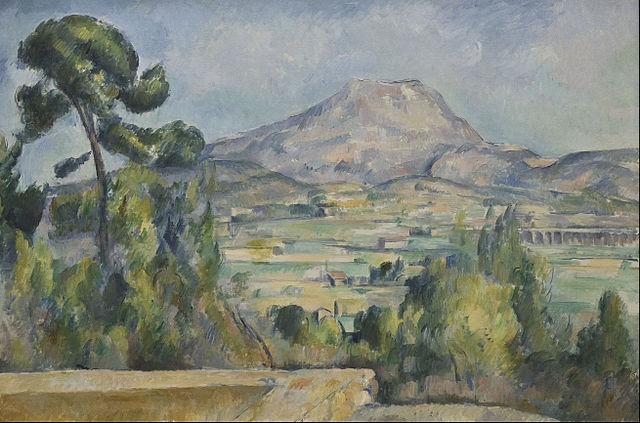
Telltale Signs: Thick swirling brushstrokes, vibrant – sometimes unnatural – colors, and a focus on patterns and simplified shapes mark this movement. Think of Van Gogh’s turbulent landscapes or Seurat’s meticulously placed dots of color, as in A Sunday Afternoon on the Island of La Grande Jatte.
Cubism (Early 20th Century)
Key Ideas:
- Breaking down objects and figures into fragments and geometric shapes.
- Depicting multiple perspectives within a single image to challenge traditional notions of representation.
- Emphasis on the flatness of the canvas and the abstract beauty of form.
Famous Artists: Pablo Picasso, Georges Braque, Juan Gris
Telltale Signs: Picasso’s Les Demoiselles d’Avignon is a landmark Cubist work, shattering traditional notions of beauty and space. Look for fractured forms and a limited color palette, often emphasizing browns and grays.
Surrealism (20th Century)
Key Ideas:
- Exploration of the unconscious mind, tapping into dreams and the irrational.
- Juxtaposition of unexpected objects and creation of bizarre, otherworldly landscapes.
- Rejection of logic and reason, embracing the power of the imagination.
Famous Artists: Salvador Dalí, René Magritte, Frida Kahlo, Joan Miró
Telltale Signs: Surrealism will make you question reality. Think of melting clocks, figures with mismatched features, and impossible landscapes that challenge your sense of what’s possible – like in Magritte’s The Treachery of Images (the famous “This is not a pipe” painting).
Abstract Expressionism (Mid-20th Century)
Key Ideas:
- Focus on spontaneous gesture, raw emotion, and the act of painting itself.
- Exploration of color, texture, and non-representational forms as expressions of the artist’s inner state.
- Rejection of traditional artistic conventions and emphasis on the creative process.
Famous Artists: Jackson Pollock, Willem de Kooning, Mark Rothko, Franz Kline
Telltale Signs: Think of large-scale canvases exploding with energy, splatters of paint, drips, and bold brushwork reminiscent of raw emotion laid bare. Pollock’s action paintings are legendary examples, as are the vibrant color fields of Mark Rothko.
Pop Art (1950s-1960s)
Key Ideas:
- Celebration of popular culture, consumerism, and mass media imagery.
- Elevation of everyday objects and icons to the status of high art
- Use of bold colors, repetition, and graphic, often ironic, visual language.
Famous Artists: Andy Warhol, Roy Lichtenstein, Claes Oldenburg, Jasper Johns
Telltale Signs: Imagine soup cans, comic book panels, or celebrities rendered in bold primary colors and with a touch of satire. Warhol’s Marilyn Monroe prints and Lichtenstein’s comic-inspired works are iconic examples of Pop Art’s playful and irreverent spirit.
FAQs about Art Movements
Q: Are there only a few main art movements?
A: Absolutely not! The movements we covered are some of the most well-known, but art history is bursting with numerous other fascinating movements across centuries and cultures. There’s always more to explore!
Q: Are these categories strict definitions?
A: While they help us understand trends, art movements are often fluid. Movements overlap, and artists might be influenced by several movements or work in a style that defies easy categorization.
Q: Can an artist be part of multiple art movements?
A: Of course! Many artists evolve and their work may reflect influences from different movements over the course of their career. Think of Pablo Picasso, who excelled in several styles!
Q: Is there value in learning about art movements?
A: Definitely! Understanding art movements gives you a framework for looking at art, providing you with a richer vocabulary to describe artworks and understand their cultural context. Plus, it’s simply fascinating to see how humanity has expressed itself through art over time.
Where can I learn more?
- Libraries and bookstores offer fantastic books on art history and specific movements.
- Museums often have online resources that elaborate on different art periods.
- There are countless excellent art documentaries that make learning engaging!

